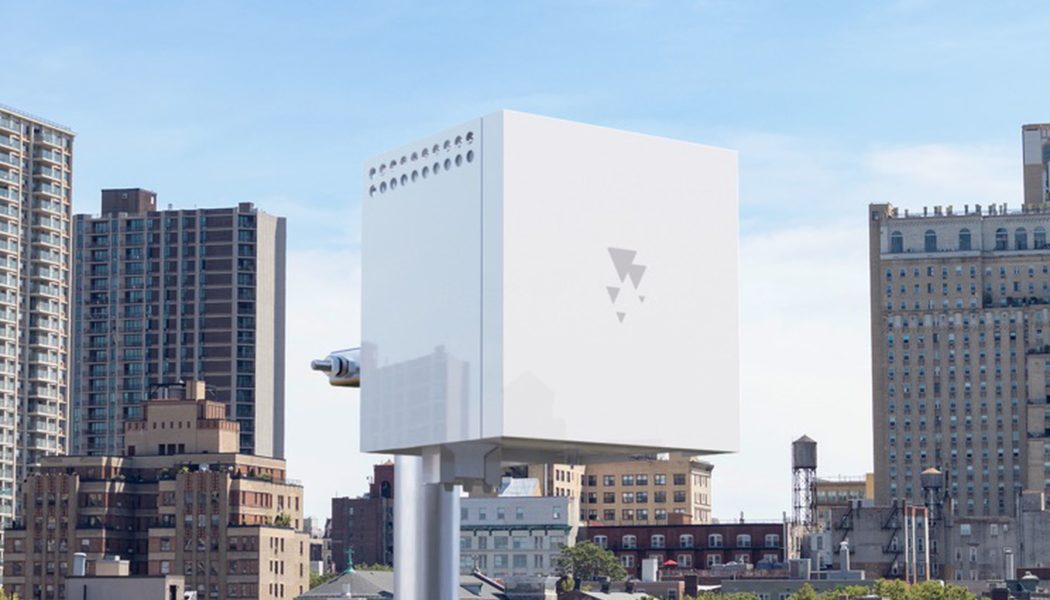The company says it’ll continue providing internet service to new and existing customers as it restructures.

Starry, an ISP that launched in 2016 with a focus on delivering home internet with wireless antennas instead of cables, has declared bankruptcy. In a press release, the company says that it intends to quickly restructure and that it’ll continue providing internet service in its “five core operating markets.” Those are Boston, New York City, Los Angeles, Denver, and Washington, DC.
The ISP has clearly been struggling over the past few months. In October 2022, it announced that it was laying off around 500 people, which amounted to about half of its staff. A few months later, Starry announced it was leaving Columbus, Ohio, in a bid to focus more on its five “core” markets. All the while, it was burning millions of dollars in cash, and its stock was dropping after a special purpose acquisition company-backed IPO in March — it started at around $10 a share but is now worth $0.012, down from last week when it was approximately $0.02 per share.
The company also defaulted on its Rural Digital Opportunity Fund bids after it won awards from the FCC to work on providing internet to underserved areas in the US. Had it completed the work, it stood to receive almost $269 million, according to Light Reading.
Starry has asked the United States Bankruptcy Court for the District of Delaware to approve a plan that would give it $43 million in funding from lenders, which it says would provide “the necessary liquidity to continue its normal business operations and meet its post-filing obligations to its employees, customers and vendors.”
“With the support of our lenders, we feel confident in our ability to successfully exit this process as a stronger company, well-positioned to continue” providing internet to customers, said Starry CEO Chet Kanojia in the company’s press release.
Unlike ISPs that use telephone or cable lines for data transmission, Starry uses large antennas to beam internet to smaller antennas throughout a city, which then connect to more traditional wireless routers. Cellular carriers like Verizon and T-Mobile have provided a similar home internet service in recent years using 5G and have attracted hundreds of thousands or even millions of users to their fixed wireless plans.









